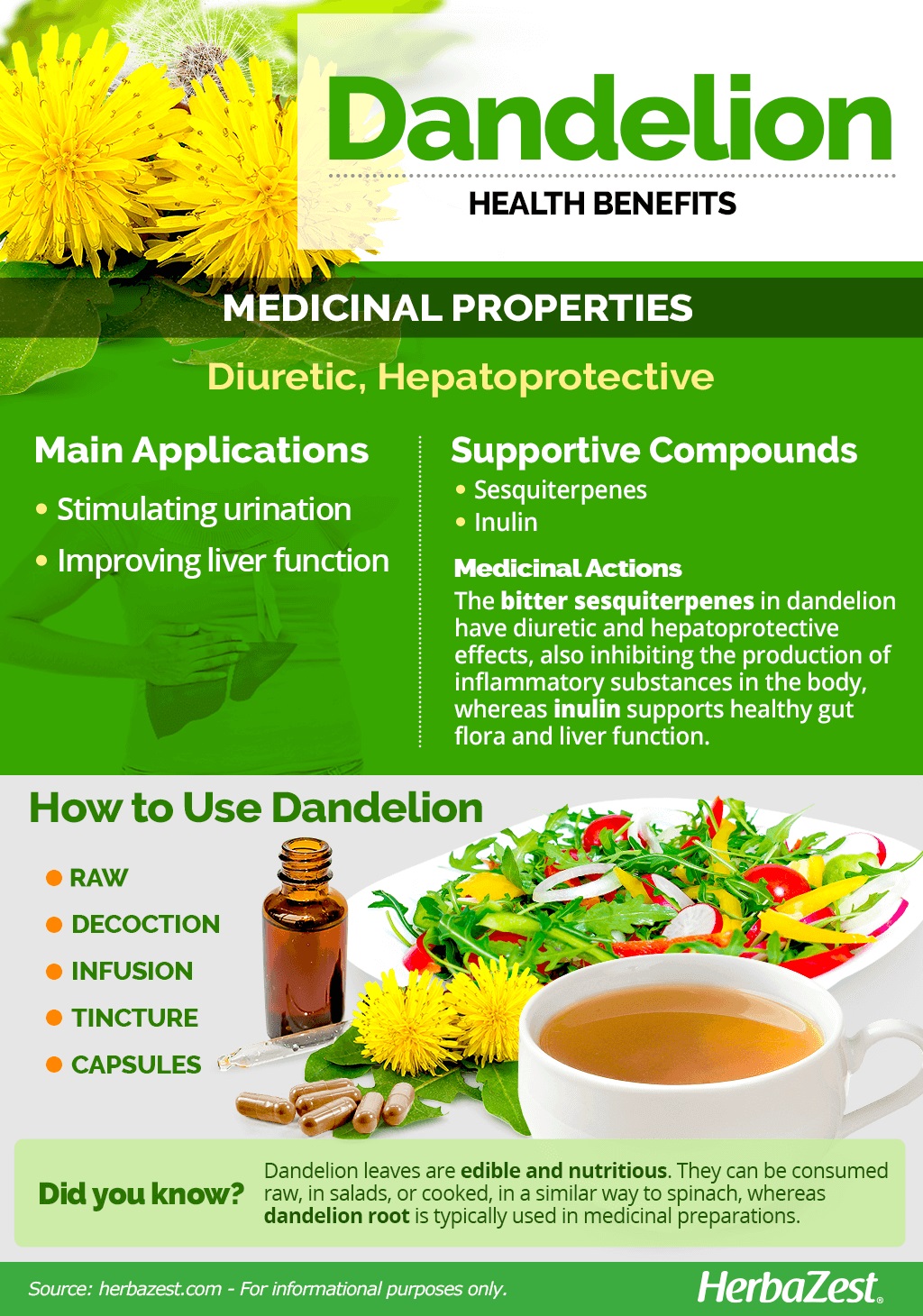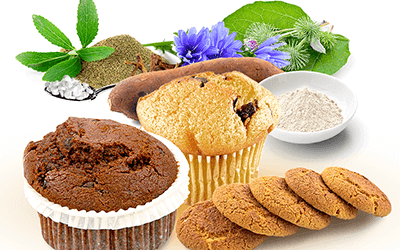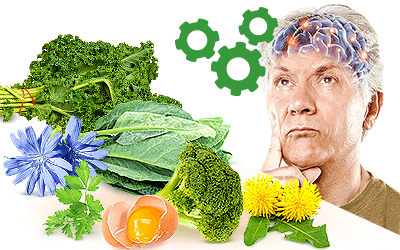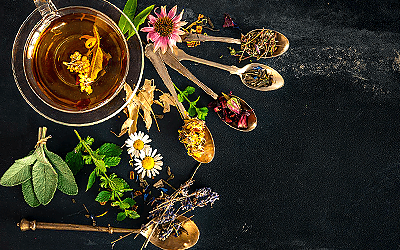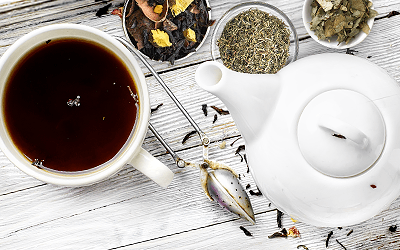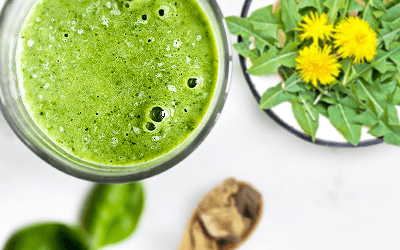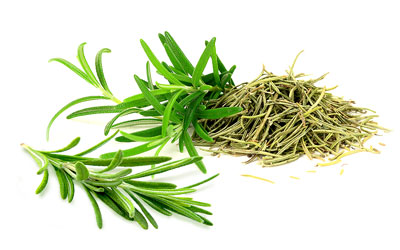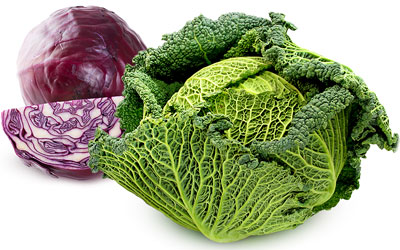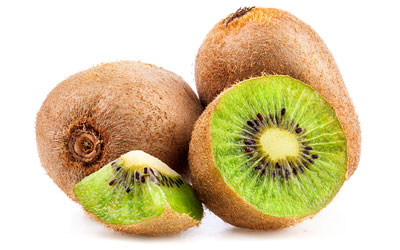The first appearance of dandelion is subject to debate, but most scientists agree that the species emerged from Eurasia and was later introduced to other regions, resulting in its current naturalization on every verdant continent in the world. Today, many consider the dandelion as a garden nuisance, but its value is increasing as science begins to validate its great potential for nutrition and health.
Dandelion Medicinal Properties
Health Benefits of Dandelion
Because the dandelion plant was disregarded for so much of recent history, many of its folk uses remain unconfirmed. Its main traditional uses include:
Stimulating urination. The diuretic properties of dandelion aid the elimination of excessive body fluids and toxins through urine.
Improving liver function. Dandelion has been traditionally used to treat poor digestion due to a sluggish liver.
Additionally, the bitter compounds in dandelion help increase appetite. The herb is also thought to promote bowel movements; however, its mechanism of action is yet to be understood.
How It Works
While the mechanisms behind the medicinal properties of dandelion (mainly diuretic and hepatoprotective) are yet to be explained, the herb boasts phytochemical compounds that may be responsible for many of its therapeutic actions.
It is thought that the major medicinal compounds in dandelion are sesquiterpenes, which are thought to be responsible for the diuretic and hepatoprotective properties of the herb.1,2 In dandelion leaf extract, these compounds can inhibit the production of inflammatory substances in the body; however, not much is known about the mechanisms of action behind these beneficial effects.
On the other hand, the roots of dandelion are rich in inulin, a type of carbohydrate that promotes liver function and supports healthy gut flora. Inulin is not digested by the human body, so when it passes to the colon, it gets fermented and feeds the intestinal microbiota, thus promoting gastrointestinal health.3
The bitter sesquiterpenes in dandelion leaves also help increase appetite.
Asparagus, celery, and cucumber also exhibit diuretic properties, and similar hepatoprotective, digestive benefits can be found in arugula, artichoke, boldo, chicory, and elecampane.
Dandelion Side Effects
Side effects when consuming dandelion are rare. However, there have been reports of some people experiencing kidney problems and gallbladder-related issues after eating dandelion. Due to the diuretic effects of dandelion, it may interact with certain medications.
- Medicinal action Diuretic, Hepatoprotective
- Key constituents sesquiterpenes, inulin
- Ways to use Capsules, Decoctions, Hot infusions/tisanes, Liquid extracts, Food, Tincture
- Medicinal rating (2) Minorly useful plant
- Safety ranking Safe

Dandelion Nutrition
Dandelion has garnered fresh popularity in recent years thanks to its impressive nutritional profile. Due to its outstanding levels of vitamin K (phylloquinone), this herb can be considered as a great source of this important nutrient, which aids coagulation and has been linked with higher bone mineral density.
Often treated as a garden nuisance, the humble dandelion is an excellent source of vitamin A (from carotenoids), which is essential for tissue regeneration and helps prevent eye diseases, like glaucoma and macular degeneration.
Dandelion leaves also provide good amounts of vitamins C (ascorbic acid) and E (alpha-tocopherol). Vitamin C is crucial for proper absorption of iron, as well as for bone formation and immunity, whereas vitamin E strengthens the immune system so that it can fight off invading bacteria and viruses.
Additionally, dandelion offers adequate concentrations of B-complex vitamins, mainly B1 (thiamin), B2 (riboflavin), and B6 (pyridoxine), as well as essential minerals, such as calcium, iron, magnesium, potassium, copper, and manganese.
A cup of dandelion leaves (55 g) provides only 25 calories as well as 8% of the daily value for dietary fiber.
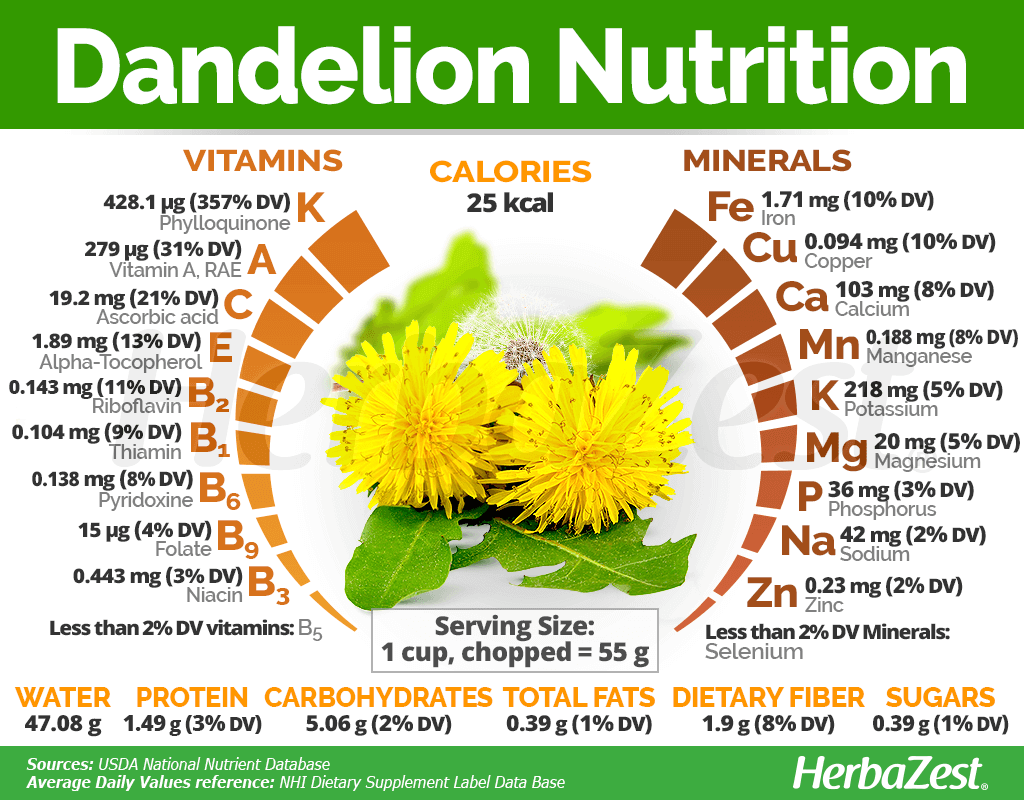
How to Consume Dandelion
Dandelion is not common fare on contemporary menus, but it is quite edible and indeed nutritious. Dandelion leaves can be consumed raw or cooked, and supplements have become available in light of the discovery of dandelion's medicinal uses. The root is the part typically used in medicinal preparations.
Natural Forms
Raw. The leaves of dandelion can be utilized raw in salads, cooked into soups, or act as an ingredient in more complex seafood or pasta dishes. Ground and roasted dandelion root also functions as a decaffeinated coffee. It is known among chefs as a member of the bitter greens.
Decoction. This preparation is obtained by boiling the roots of dandelion in water for a few minutes in order to concentrate its bitter compounds and diuretic benefits.
Infusion. The roasted roots of dandelion can be made into an herbal tea or tisane and can be mixed with other herbs to potentiate its digestive and hepatoprotective effects.
Herbal Remedies & Supplements
Tincture. The whole plant is submerged in a neutral alcohol and kept in a dark cabinet for about a month in order to extract its medicinal properties. It can be used as a liver and gallbladder tonic, but it is not recommended for during pregnancy.
Capsules. In order to make the most out of the hepatoprotective and diuretic properties of dandelion, the dried and ground roots can be inserted into gelatin capsules to be taken orally in medicinal doses.
- Edible parts Flowers, Leaves
- Taste Bitter, Earthy
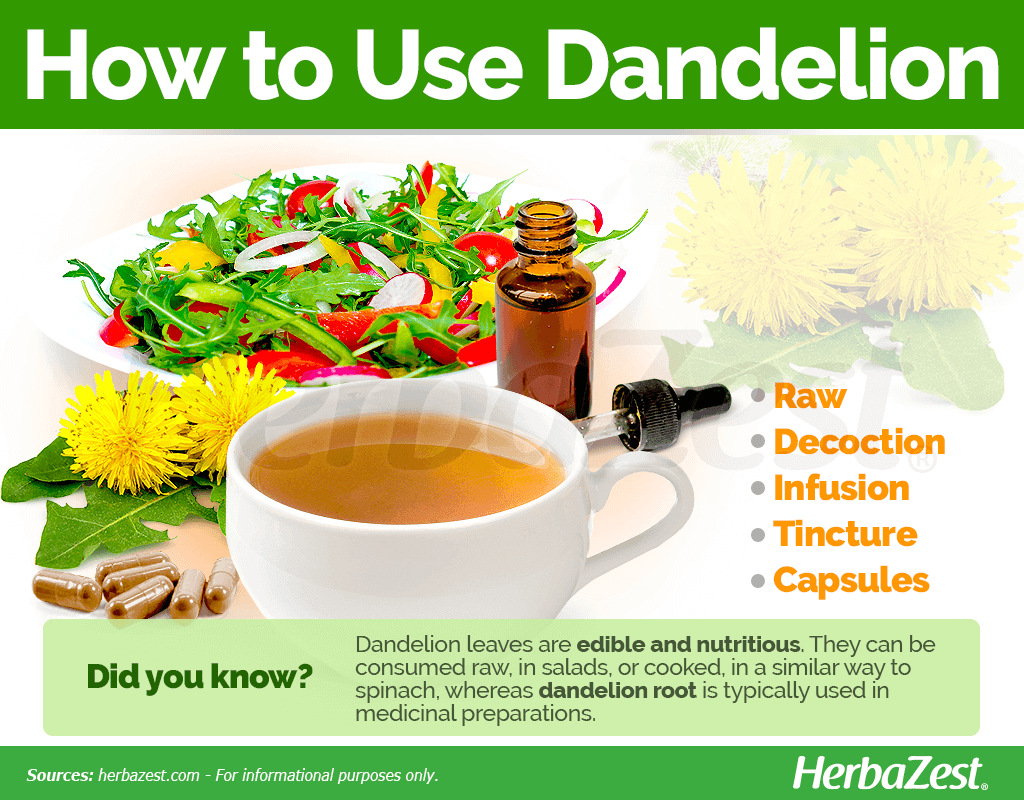
Growing
Many choose to eliminate dandelion from lawns and gardens, but those who wish to cultivate the herb have very little trouble doing so.
Growing Guidelines
Dandelion can withstand temperatures as low as -38°F (-39°C) in short bursts.
It is advisable to plant seeds in early spring as lower temperatures at the start of germination produce more flowers later on.
Moist soil is the only key component as light exposure and pH levels are largely insignificant to the plant's success.
- Life cycle Annual
- Harvested parts Flowers, Roots, Leaves
- Light requirements Full sun, Partial shade
- Soil pH 6.1 – 6.5 (Slightly acidic), 6.6 – 7.3 (Neutral), 7.4 – 7.8 (Slightly alkaline)
- Growing habitat Temperate climates
- USDA Plant Hardiness Zones 3a, 3b, 4a, 4b, 5a, 5b, 6a, 6b, 7a, 7b, 8a, 8b, 9a, 9b
- Planting time Early spring
- Plant spacing average 0.3 m (0.98 ft)
- Growing time 6 months
Additional Information
Plan Biology
The unbranched taproot of the dandelion plant can produce more than ten purplish-green stems that grow up to 27 inches (70 cm) tall in the right conditions, though generally they range from 2 - 16 inches (5 - 40 cm) in height. Jagged-edged leaves and the yellow-then-white radiating spores of each flower give the herb its well-known shape.
Classification
Dandelion (Taraxacum officinale) is a member of the Asteraceae family, along with other 23,000 species, notably including artichoke (Cynara cardunculus), chamomile (Matricaria chamomilla), lettuce (Lactuca sativa), marigold (Tagetes erecta), and safflower (Carthamus tinctorius).
Varieties and Subspecies of Dandelion
Dandelion taxonomy is unusually complicated as its reproductive methods are not fully understood. Almost innumerable subspecies and microspecies exist around the world, with roughly 70 recognized in Germany alone. The three most commonly grown are 'rough dandelion,' 'wandering dandelion,' and 'common dandelion,' which differ slightly in their respective native regions.
Historical Information
The botanical name of dandelion, Taraxacum, comes from the Arabic word tarakshaqum, which translates as "bitter herb."
The dandelion herb has long been cultivated in its native regions for use in herbal medicine, with its earliest records dating back to the 10th and 11th centuries in the Middle East. India has also used the herb to this effect as well as Native American tribes in the New World. The herb began to garner culinary interest in France, where it was later used in making wine.
Economic Data
Global ubiquity has created little demand for dandelion cultivation as the plant can - and will - grow almost anywhere: over 70 million tons of weed killers are applied to lawns and gardens every year in an attempt to curb its spread. New technology, however, has found that the roots of a certain Russian strain of the herb can be made into rubber. This may one day substitute production of the material from fossil fuels, which currently costs the world about $50.4 billion annually. Further development may find it to be a major natural ingredient of the future.
Other Uses
Dye. Natural dyes of yellow and green tones are extracted from the dandelion flowers.
Repellent. The latex from the dandelion stems can be used as mosquito repellent.
Tires. A rubber-like substance produced from the latex stems has shown promising results for its possible use in car tire manufacturing, though supplies are still limited.
- Other uses Fiber, Dye, Repellent
Sources
- Alchemy of Herbs
- Relate With Nature Herbal Magazine, pp. 15, 54
- The Wild & Weedy Apothecary, p. 112
- Backyard Medicine, pp. 50-55
- USDA Plants Database, USDA Forest Service: Taraxacum officinale
- Encyclopedia of Herbal Medicine, p. 141
- MedlinePlus Herbs and Supplements, Dandelion
- Journal of Medicinal Food, Anti-inflammatory effect of Taraxacum officinale leaves on lipopolysaccharide-induced inflammatory responses in RAW 264.7 cells, 2010
Footnotes:
- Journal of ALternative and Complementary Medicine. (2009). The Diuretic Effect in Human Subjects of an Extract of Taraxacum officinale Folium over a Single Day. Retrieved November 15, 2021, from: https://www.ncbi.nlm.nih.gov/pmc/articles/PMC3155102/
- Food and Chemistry Toxicology. (2010). In vitro and in vivo hepatoprotective effects of the aqueous extract from Taraxacum officinale (dandelion) root against alcohol-induced oxidative stress. Retrieved November 15, 2021, from: https://pubmed.ncbi.nlm.nih.gov/20347918/
- Diabetic Studies. (2016). The Physiological Effects of Dandelion (Taraxacum Officinale) in Type 2 Diabetes. Retrieved November 15, 2021, from: https://www.ncbi.nlm.nih.gov/pmc/articles/PMC5553762/
